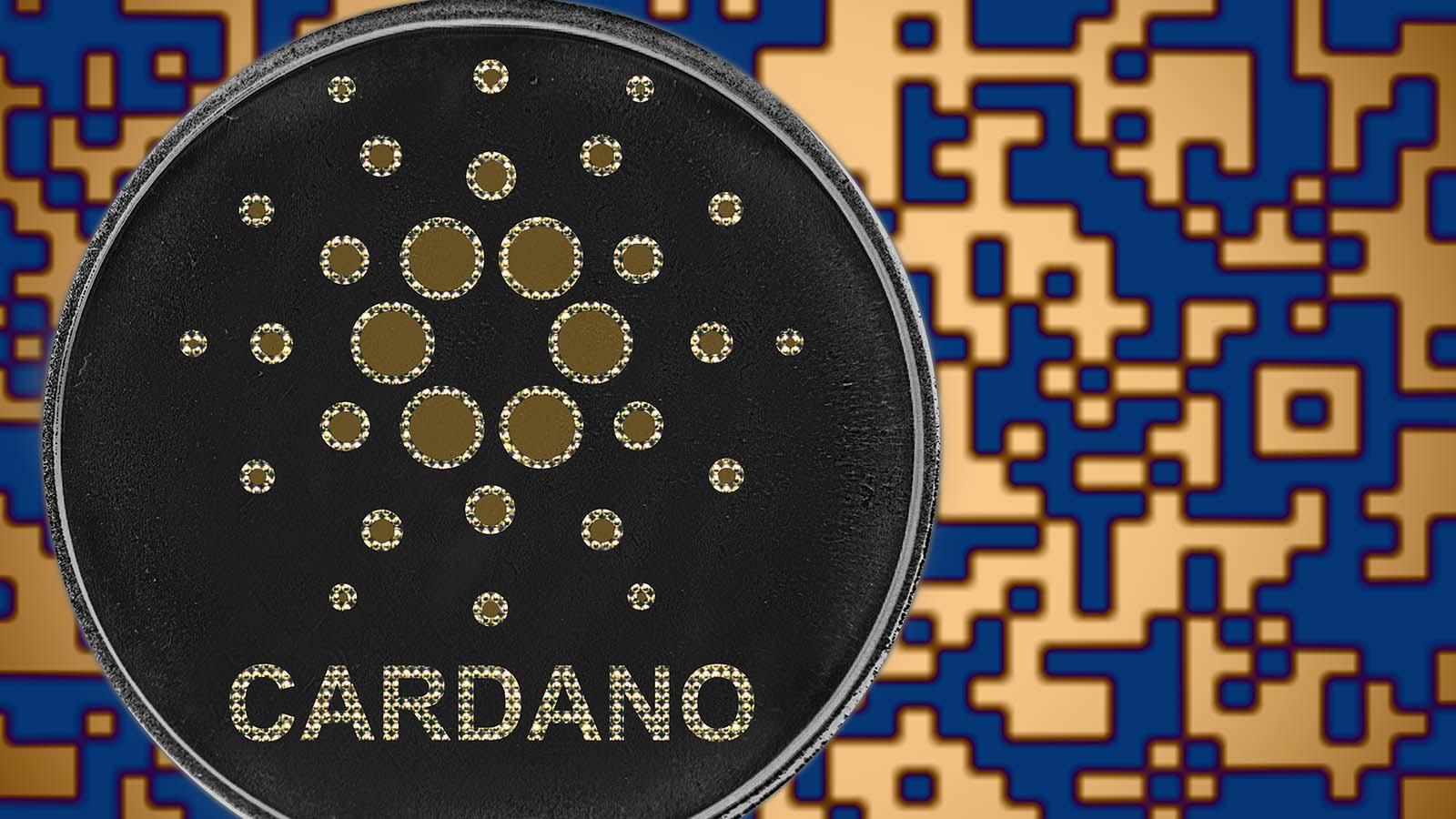The cryptocurrency ecosystem cannot be fully mastered without knowing the meaning of terms that are in common use. Still being a nascent industry, the crypto community keeps intensively coining (pun intended) new words and phrases. But, be warned – crypto girls and boys are quite imaginative – that is why you sometimes have to look very carefully into the word in order to comprehend it.
Airdrop
A method of distribution of coins or tokens to the public free of charge. The criteria for getting them into one’s wallet are usually loose – holding some other crypto asset or simply having an active wallet address on a particular blockchain should be enough.
All-Time High (ATH)
The highest price that a digital asset has achieved on an exchange so far. Although an objective market analysis parameter, ATH is also a strong psychological factor in cryptocurrency trading.
Altcoin
A generic reference for any cryptocurrency that is not Bitcoin. Pretty accurate at the time it was made, the term is not the happiest one nowadays. There are many coins besides Bitcoin today that are well-established and there is hardly anything ‘alternative’ about them.
Bear Market
A market trend marked by coin prices going down sharply. It is actually a description of the current conditions of a market. When prices of all crypto coins go down, investors get upset. However, those more skilled ones can make money even in the bearish crypto markets.
Bull Market
A market trend marked by coin prices going up sharply. Everyone loves a bull market as (almost) everyone is making money, no matter which cryptocurrency they bet on. A prolonged and/or abrupt bullish wave causes FOMO (see below).
Decentralized Exchange (DEX)
A crypto exchange on which the trade between users is done directly from their own wallets. The beauty in crypto lies in the fact you often do not need any middleman. For a small transaction fee, a DEX maintains itself as a crypto trading platform for users who want to trade completely freely.
Decentralized Finance (DeFi)
An ecosystem of financial services powered by blockchain in which banks and other institutional intermediaries are cut off. DeFi is the blockchain community’s response to current financial stakeholders (such as banks): “We don’t need you anymore”. With DeFi, borrowing and lending is now possible without banks.
FOMO (Fear of Missing Out)
FOMO stands for the fear of non-professional investors that they will miss a golden opportunity to make money if they do not buy a coin (as everybody else has already done). It is more uneasiness than a full-fledged fear, but it nevertheless makes people buy crypto like there is no tomorrow. Happens in times of sudden and/or prolonged bull market periods.
FUD (Fear, Uncertainty, Doubt)
Spreading dubious or false information about a cryptocurrency ecosystem or a part of it. If intentional, FUD is a manipulative technique with the goal that the prices of crypto assets go down. Though there are spontaneous ‘fudders’, comprehensive FUD campaigns are targeted precisely at a specific crypto asset or some other part of the cryptocurrency ecosystem.
Fiat
A traditional form of money issued by the government that declares it to be legal tender. Fiat money can be in either electronic or physical form (banknotes, metal coins). Fiat is still the most widely used accounting unit for cryptocurrencies – that is the price of Bitcoin is usually given in US dollars.
Fundamental Analysis (FA)
A method used by investors and traders in financial markets to assess the intrinsic value of a tradable asset. The intrinsic here can be translated as “real”. As much as the crypto deniers keep saying cryptos have no real value, the truth is different and that value is – measurable.
Gas and Gwei
The pricing mechanism on the Ethereum network used for calculating costs (fees) for performing a transaction on that blockchain. The commission for making a transfer in the Ethereum network is paid in Gwei (1 Gwei = 0.000000001 ETH). The general rule is – the more Gwei you pay as the gas price, your transaction will be executed faster.
HODL
An acronym used for cryptocurrency investors that refuse to sell their cryptocurrency regardless of the price increasing or decreasing. Sometimes referred to as “Hold On for Dear Life”. A potentially winning investment strategy during crypto winters.
ICO (Initial Coin Offering)
A method of fundraising by accepting cryptocurrencies. The funds collected on ICO events are usually received as Bitcoin (BTC) or Ether (ETH). ICO is sometimes compared to IPO from the old finance world, but the key difference is that ICO participants do not get any share in the ownership of a crypto project, only the tokens it is issuing.
IEO (Initial Exchange Offering)
A fundraising event that is administered by a crypto exchange. IEO is similar to ICO, but it is conducted by a reputable exchange, thus enhancing the credibility of a project seeking funding.
KYC (Know Your Customer)
A mandatory process of gathering ID data and contact information from current and potential customers. The purpose of KYC is to prevent fraud, money laundering, or the misuse of user accounts. Sometimes burdensome or daunting, KYC protects the interests of everyone involved.
Ledger
A ledger is a record-keeping system, for all transactions that have been executed on a blockchain. Blockchain ledger is immutable – once recorded, it cannot be reversed by any decision of any central authority. Its distributed nature makes it extremely resistant to any kind of malicious attack or intrusion attempt.
Liquidity
A property of a crypto exchange that indicates how easy it is to convert cryptocurrency into cash quickly and efficiently. It is not (only) about the convenience. Low liquidity may lead to a loss if there is not enough supply to satisfy one’s demand. In such a case, a seller has to sell at a lower price or not sell at all.
Liquidity Mining
A process in which the participants supply cryptocurrencies into liquidity pools, and are rewarded with fees and tokens based on their share. Speaking in traditional terms, somewhere between earning interest from savings and dividends.
Long
A situation where a person buys a cryptocurrency with the goal of selling it later at a higher price. “Buy cheap, sell high (later)” put in one word.
Margin Trading
A form of trading where a trader borrows funds from crypto exchange to trade a cryptocurrency. A bit more advanced trading strategy where an investor bets the price of a coin will go either up or down. For that bet, they borrow the money from an exchange, giving it a margin – collateral that an investor has to deposit to cover the credit risk.
Metamask
An online digital wallet, able to manage Ethereum and ERC-20 tokens, operating as a browser extension. An adequate solution for those who prefer to manage their crypto portfolio on their computers, rather than on mobile devices.
Mining
A process of verifying blockchain transactions; also the process through which new bitcoin or some altcoins are created. Mining of Bitcoin is performed by ASICs – devices specialized just for that; mining of altcoins (that are mineable) is done by strong GPUs, assembled into so-called mining rigs.
Satoshis (SATS)
The smallest divisible unit of Bitcoin with a value of 0.00000001 BTC. The number of Bitcoins is limited to 21.000.000. However, with the existence of Satoshis, BTC is easily divided into just enough smaller monetary units.
Smart Contract
A self-executing computer program used for automatical enforcing an agreement between parties on a blockchain, without an intermediary or hierarchical authority. A smart contract is actually a pre-defined set of rules that cannot be interfered with or changed, thus ensuring the predictability and safety of a transaction and parties.
Spot Trading
The immediate exchange of assets at the current price. A simple form of crypto trade – an asset is exchanged for another asset at the price that is valid at the exact moment of executing a transaction.
Stablecoins
Stablecoins are cryptocurrencies with a fixed value that is pegged to a fiat currency like the U.S. dollar. Their purpose is to alleviate the volatility of the crypto market and to make trading faster and easier. In times of uncertainty and bear market, many investors choose stablecoins as a means of capital preservation.
Technical Analysis (TA)
A market analysis technique built on the premise that finance historical events repeat and that the historical price movements can repeat regarding current and future price actions of a digital asset. Following crypto history is useful, but caution is advised.
Token
Tokens are often mistaken for cryptocurrencies or altcoins. They can also be traded on exchanges and are considered a specific asset class. Often used by owners during voting on decisions regarding the blockchain it issued them (“one token – one vote”).
Volatility
Sharp, erratic up and down price movements of a crypto asset. Often seen as an inherent flaw of the ecosystem because it can prevent thorough and long-term financial planning. It is also a chance for making money fast (or losing it – also fast).
Volume
The value of traded cryptocurrency over a set period (usually a day). The volume at a particular exchange is one of the parameters of its healthy operations.
Wallet
A digital location where cryptocurrency users store, send, and receive digital assets. Wallets can be hardware or software; software wallets come as web browser extensions, standalone apps, or mobile apps.
Whale
Individuals or entities that hold large amounts of a cryptocurrency, allow them to influence the market price. Surrounded sometimes by a veil of mystery, some whales can be dormant for years, causing the public to speculate on their real intentions.
The Glossary Goes On…
This list is not final, nor it can ever be. With further development of the crypto ecosystem, we will be facing new idioms and words, conceived for all people involved with the crypto.





